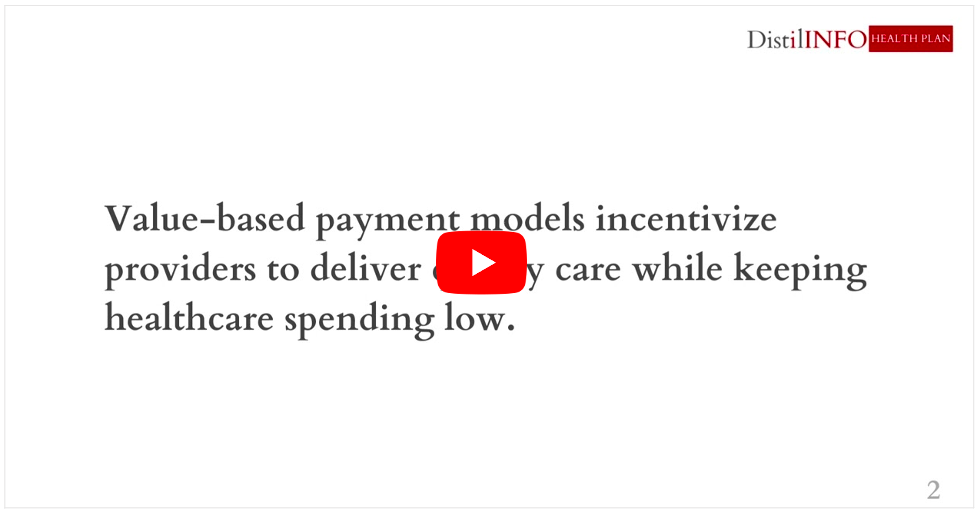
Medicare Advantage beneficiaries whose primary care organization participated in a value-based payment model saw lower rates of hospitalizations, observation stays, and emergency department visits, according to a study published in JAMA Network Open.
Value-based payment models incentivize providers to deliver quality care while keeping healthcare spending low. As stakeholders see positive results, Medicare and Medicare Advantage plans have shifted toward value-based care and away from fee-for-service reimbursement.
To understand the association between value-based payment and acute care use among Medicare Advantage beneficiaries, researchers gathered claims data from a large Medicare Advantage organization between January 1, 2017, and December 31, 2019. The data identified hospitalizations, observation stays, and emergency department visits.
Researchers categorized the beneficiaries depending on the payment model their primary care organizations participated in.
Out of nearly 490,000 Medicare Advantage beneficiaries, around 81,000 visited primary care organizations involved in a fee-for-service (FFS) payment model, 158,000 were in a shared savings model with upside-only financial risk, and almost 250,000 were under a shared savings payment model with upside and downside financial risk (two-sided risk).
Value-based payment models were associated with lower acute care use for all Medicare Advantage beneficiaries. Beneficiaries cared for under a two-sided risk model had lower rates of hospitalizations, observation stays, and emergency department visits compared to FFS beneficiaries.
The adjusted rate of hospitalizations per 1,000 patients under the two-sided risk model was 152.5 compared to 159.2 under the FFS model. The observation stays rate was 79.2 per 1,000 patients for the two-sided risk model beneficiaries and 85.7 for FFS beneficiaries. Finally, the emergency department visit rate was 375.8 per 1,000 patients under the two-sided risk model compared to 434.1 under the FFS model.
Within the all-cause acute care use, researchers also looked at measures of avoidable acute care use. Value-based payment made the most difference for avoidable acute care.
For example, compared to FFS models, two-sided risk models were associated with a 15.6 percent relative reduction in avoidable hospitalizations, while the decrease for all-cause hospitalizations was 4.2 percent.
In addition, value-based payment models were associated with a more than 20 percent reduction in emergency department visits and a more than 10 percent reduction in observation stays compared to FFS models.
The researchers found no significant difference in acute care use between beneficiaries under upside-only risk models and FFS models. Researchers said this lack of difference might suggest that downside financial risk may play a key role in effective value-based payment arrangements.
The study results were consistent with past analyses that evaluated value-based payment in traditional Medicare and found that these payment models can help improve patient health outcomes.
“Our findings suggest that organizations engaging in advanced value-based payment models in MA deliver differential outcomes to the MA beneficiaries under their care,” the study stated.
Data from the Health Care Payment Learning & Action Network (LAN) revealed that 40.9 percent of healthcare payments stemmed from value-based reimbursement models in 2020. This represented around 238.8 million Americans and more than 80 percent of the covered population. The payment models included upside and downside risk arrangements and population-based payments.
Participation in two-sided risk models increased in traditional Medicare and Medicare Advantage. In 2020, 24.2 percent of all payments in traditional Medicare were part of a two-sided risk model, compared to 20.2 percent in 2019. Medicare Advantage payments in two-sided risk models increased from 28.6 percent in 2019 to 29.3 percent in 2020, according to LAN.
In addition to improving health outcomes, industry experts have noted that value-based payment models could help hospitals prepare for capacity issues that accompany seasonal flu and coronavirus surges.
Source: Revcycle Intelligence

